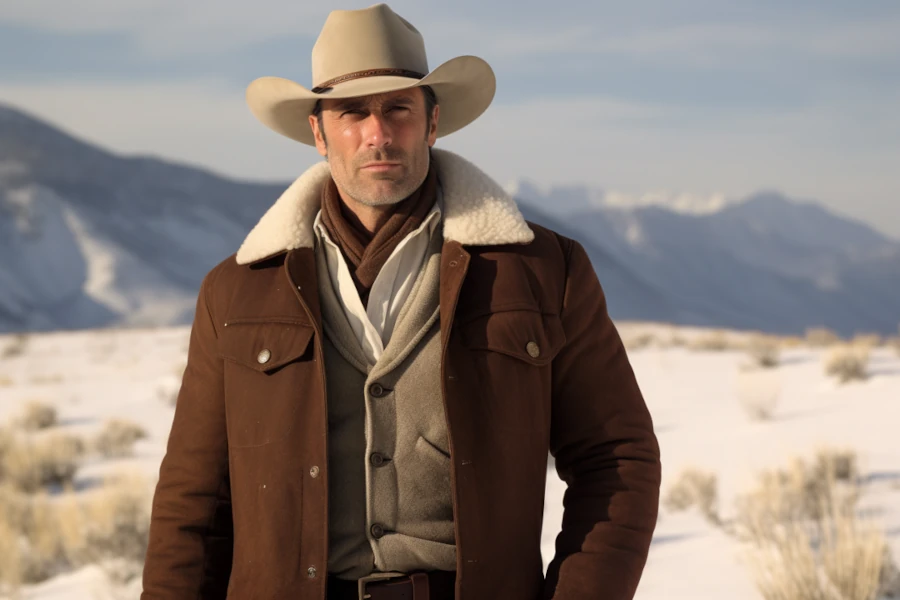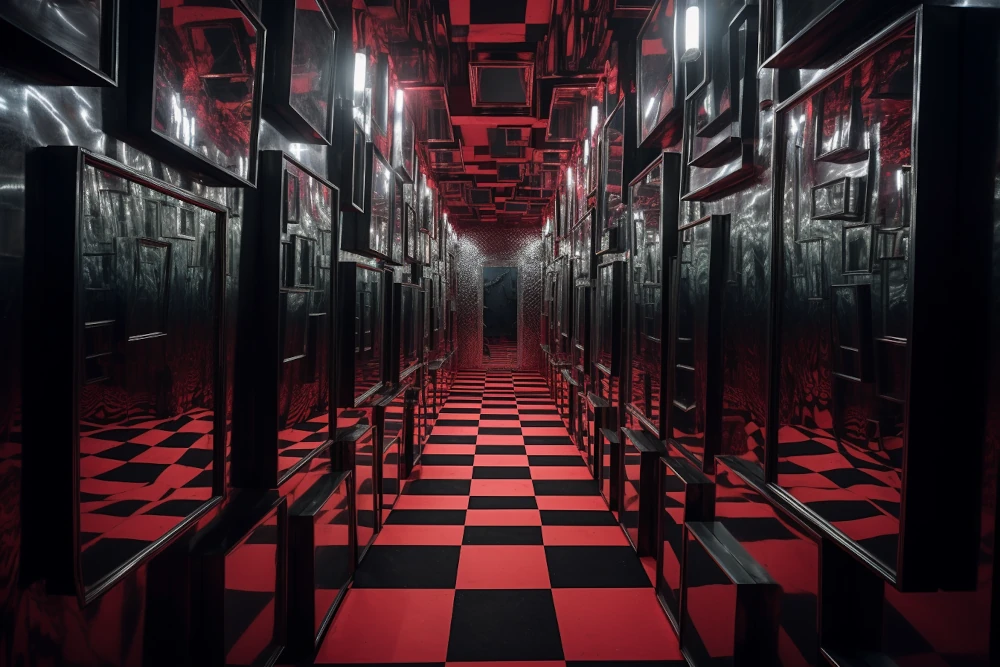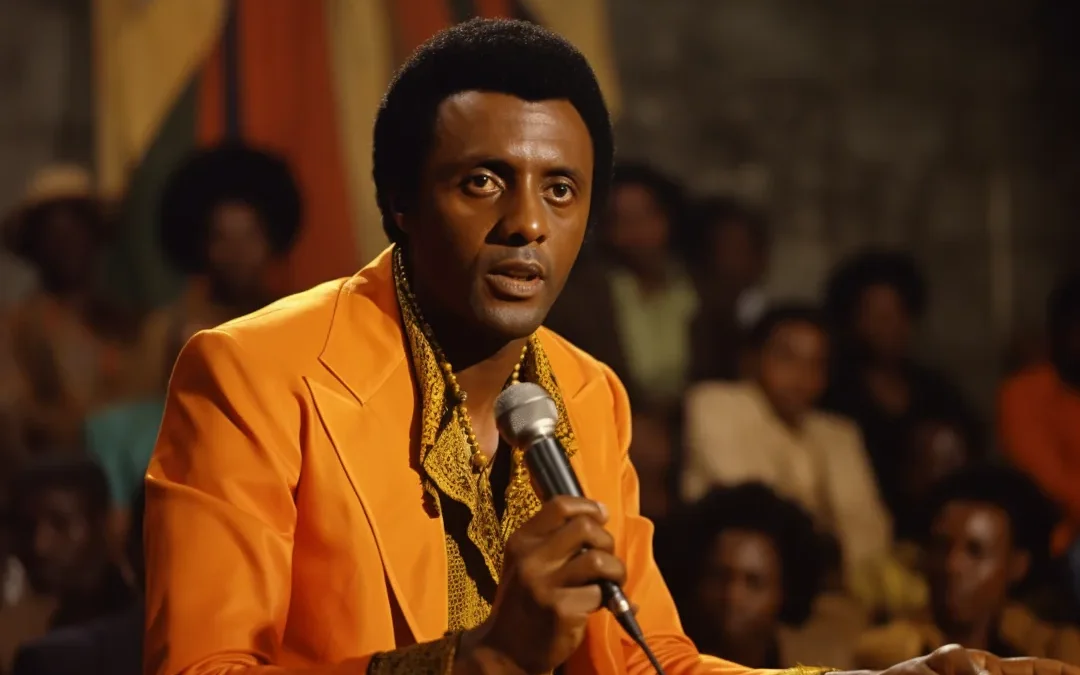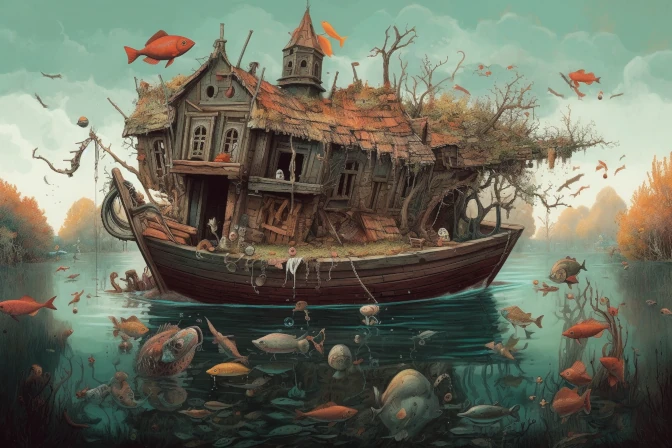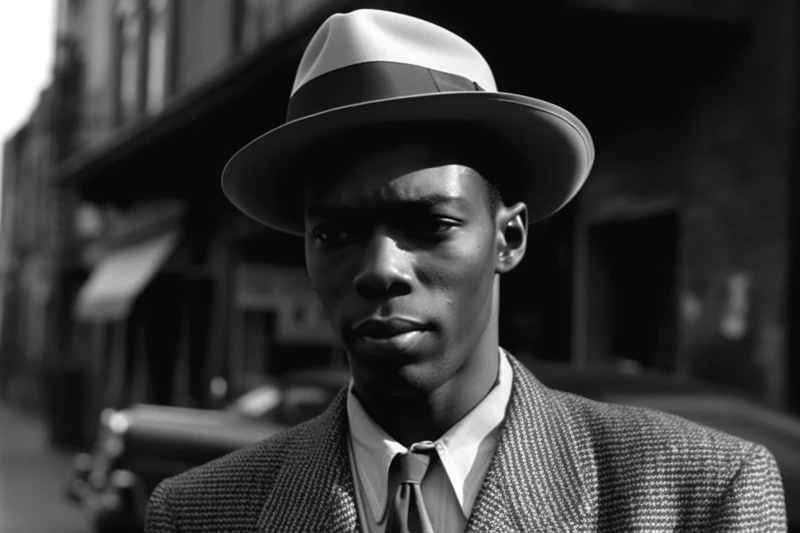- Fargo Season 1
- Fargo Season 2
- Fargo Season 3
- Fargo Season 4
- Fargo Season 5
Season 2 of Fargo transports viewers to 1979, when rampant criminal factions bullied judges, law enforcement, and the community at large. When the whereabouts of murderous gangsters could be discovered by reading the newspaper. When flying saucers roamed the skies. Wait, what?
Perhaps overly sensitive to season 1 problems with reality, season 2 doubles down on the unbelievable as if to tell viewers, “see, season 1 was on purpose.” Maybe it was, but that didn’t make it a good idea.
The Best Season of Fargo
The second season of Fargo has many flaws, but it still ranks as the best in the series. This is a bit of a backhanded compliment, though. Season 2 intersperses the ridiculous among great performances, visuals, and sounds. Providing an aesthetic critique of this season would largely parrot that of season 1. Sloppy writing and TV logic hinder an otherwise stellar show.
Our primary character and holdover from season 1, Lou Solverson (Patrick Wilson), patrols rural Minnesota as a State Trooper. The youngest son from a local crime family (Kieran Culkan) bungles an attempt to intimate a judge, murdering three people. A local hairdresser (Kirsten Dunst) then accidentally strikes him with her car as he stands in the middle of the road staring at a flying saucer. Instead of stopping and calling the authorities, she keeps driving with a man bleeding to death sticking half-way through her windshield.
This seemingly absurd setup leads to all the necessary elements for a season of Fargo: A dopey nice guy who gets in over his head with criminals, Minnesota nice cops whose investigative prowess can only be limited by their incompetent coworkers, and members of organized crime who do not believe in discretion.
Because the horrible events of Sioux Falls were mentioned by Solverson repeatedly in season 1, we know the season will end in a massacre. As the characters quickly begin to drop like flies, the biggest mystery becomes who will survive long enough to be a part of the massacre.
What Makes Fargo, Fargo?
Season 1 of Fargo lifted certain iconic elements from the film to justify franchising a movie that left no room for a sequel. The pregnant, Minnesota nice cop. The cowardly doofus unwittingly instigating a slew of crimes while trying to commit a single crime. A couple of criminals, one quiet and the other a loudmouth, both willing to commit murder.
Season 2 does the same thing, scattering these Fargo tropes about seemingly at random. This time, the Gerhardt family fights the Kansas City mafia, so each side has their own pairing of silent and loudmouth enforcers. The Gerhardts match the stoic Native American, Hanzee (Zahn McClarnon), with the loudmouth Gerhardt heir-apparent Dodd (Jeffrey Donovan). The Kansas City mafia sends in the pontificating Mike Milligan (Bokeem Woodbine) with the silent Kitchen brothers (Brad and Todd Mann).
The doofus in over his head, Ed Blumquist (Jesse Plemons), is a strong butcher whose physical assets deviate from his predecessors (William H. Macy and Martin Freeman), but he makes up for it by being a teddy bear. His wife, Peggy (Kirsten Dunst), acts as a sort of femme fatale who causes all the problems. Peggy represents the dark side of the Macy/Freeman characters while Ed represents the light.
The biggest change would be the gender flip with the lead investigator. Lou Solverson and his father-in-law, Hank Larsson (Ted Danson), are affable and kind. Like their female predecessors, they maintain the Minnesota nice even when being forcefully passive-aggressive. Despite their asserted masculinity, they do reflect more of Frances McDormand’s original character than Molly Solverson managed in season 1. Though courageous when required, their courage differs from Molly’s because it involves overcoming fear rather than blindly running into danger. They parallel old “white hats” from 50s westerns in many respects, but of all the Fargo characters these two come closest to breaking free of caricature because we see multiple dimensions to their personalities.
It seems that these character tropes explain the Fargo franchise more than the loose plot connections to the movie. Is that a bad thing? Yes. It feels like watching fan fiction. Every character and plot element has to be a weird homage to the film, and when the writers decide to get creative they go too far and add aliens.
Fargo is a Simulacrum
What makes Fargo so unsettling is that nothing makes sense. It’s like the writers have never lived in the real world, much less Minnesota. Like the aliens that show up in season 2 for absolutely no reason, this show feels like it was written by an alien species that has studied humans by hijacking our TV broadcasts. This is my fancy way of saying the damn thing is just riddled with plot holes and logical inconsistencies.
Oftentimes, the nonsense should be obvious. For example, when the Gerhardt clan is on high alert, fearing an attack from the Kansas City mafia, dozens of armed men patrol their farm. The men all stand around in the open just asking to be shot. What a horrible way to defend a property.
Other times, a fallacy premises an entire episode. At one point the Gerhardt gang tries to hold up a police station to fetch a couple of prisoners. How are they a successful organized crime family when they believe they can get away with such flagrant lawlessness? This season takes place in 1979, not 1879.
Lazy TV writing recycles other lazy TV writing, which makes it a copy of a copy of a copy of a copy until any semblance or reality is lost forever. If you do happen to be gullible enough to find Fargo plausible, the aliens won’t throw you off one bit.
Season 2 tries to Infuse Meaning
Despite spectacularly failing to live up to its namesake for a second season, I do have to give season 2 of Fargo some credit for trying. Unlike season 1, which only approached thematic depth with strange soliloquies by Billy Bob Thornton, season 2 really goes for it. Despite turning out to be a giant belly flop, it took some courage for the showrunners to dive into a pool far out of their depth.
An existential problem presents itself with the terminal cancer of Betsy Solverson (Cristin Milioti), the wife of Lou and mother of Molly. Addressing this issue directly on the nose, the Solversons acquire a house guest named Noreen (Emily Haine) who reads from Camus and directly relates his writing to Betsy’s situation. Betsy dismisses Noreen’s concerns with some folksy wisdom.
There’s also the problem of Hanzee, or, as other characters refer to him, “the Indian.” Hanzee does everything that Dodd tells him to without asking until, suddenly, he doesn’t. Hanzee doesn’t really have an arc, he just performs a swift 180. At this point, he asks Peggy to cut his hair to something “professional” but, before she gets the chance, the police arrive and Hanzee must flee.
Why does Hanzee suddenly change? He hardly speaks and his actions provide few clues, if any. As if sensing that the audience will be perplexed by these actions, the writers introduce a voice over to ask these very questions as if that clears anything up. It’s still not clear to me whether there’s something meaningful behind Hanzee’s actions and the writers didn’t know how to express it or if his actions were plot necessities that they thought they could explain away with the façade of meaning.
Meaning can also be found in the insanity of Peggy Blumquist. Ed desperately wants a family but Peggy avoids sex and surreptitiously takes birth control. Peggy dreams of moving to California and obsessively hordes fashion magazines under the pretense that she needs them to keep up with the latest hair trends. Ed wants to stay in Minnesota forever and purchase a butcher shop. In the end, when Peggy defends her actions, she attempts to argue that it’s difficult being a woman. That being a woman has her trapped. Lou dismisses her concerns with some folksy wisdom.
Finally, Mike Milligan gets the promotion he always wanted but discovers that it’s not what he wanted at all. Despite sounding like the most well educated character in the season, he’s shocked to learn that organize crime is a business. This scene was actually a pretty good idea. It’s funny and forces the audience to think about the role of our institutions, legitimate and illegitimate alike. But, like Noreen reading from Camus, the writers thinks the audience is stupid and has to spell things out. They drag it out with on the nose dialogue and fail to implement comic timing or subtly. Milligan’s confusion and horror are overplayed to the point of being nonsensical and the point is lost.
Well. At least they tried?

